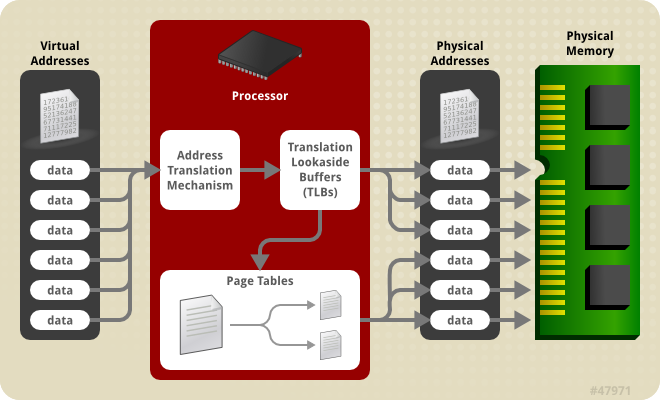About Me
I am an experienced, passionate software developer working at Amazon Robotics in Woburn, MA. My areas of interest include but are not limited to robotics, autonomous systems, cyber-security, and backend development. When I'm not coding, a big part of my life is music. I was a four year member of the clarinet section in the Michigan Marching Band and I'm now in the process of learning to play guitar. My other interests include rock climbing, skiing, reading, biking, taekwondo, and sustainability.




































